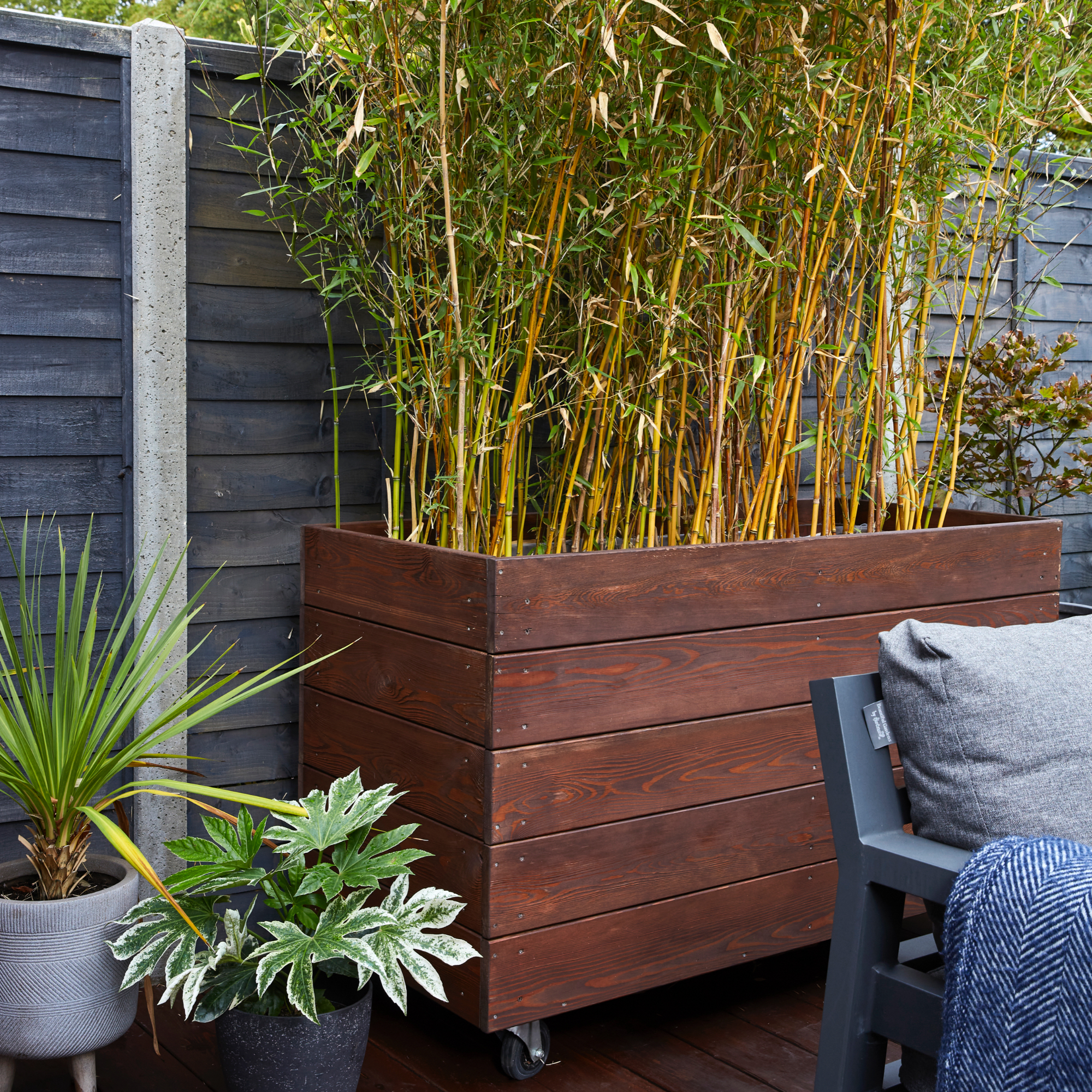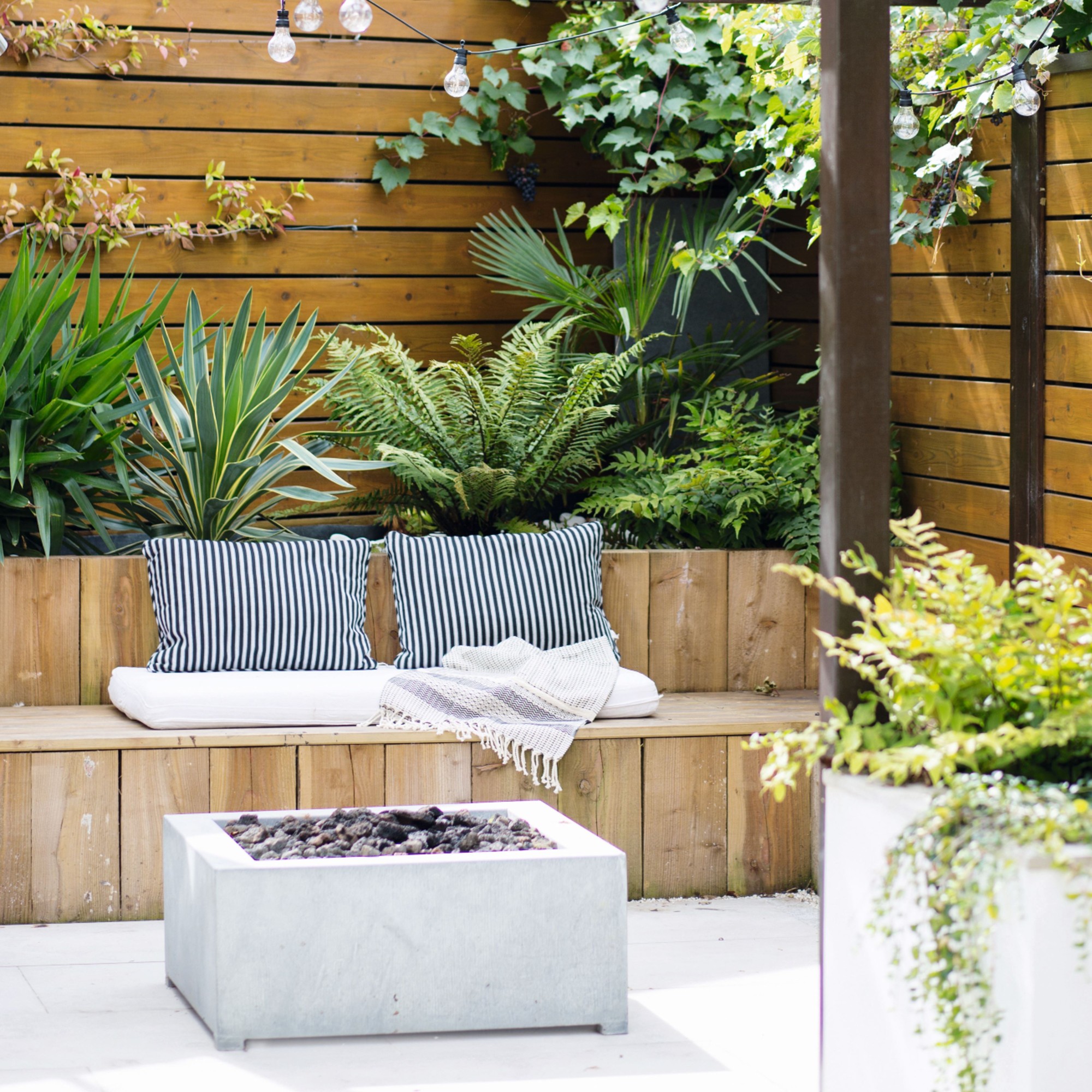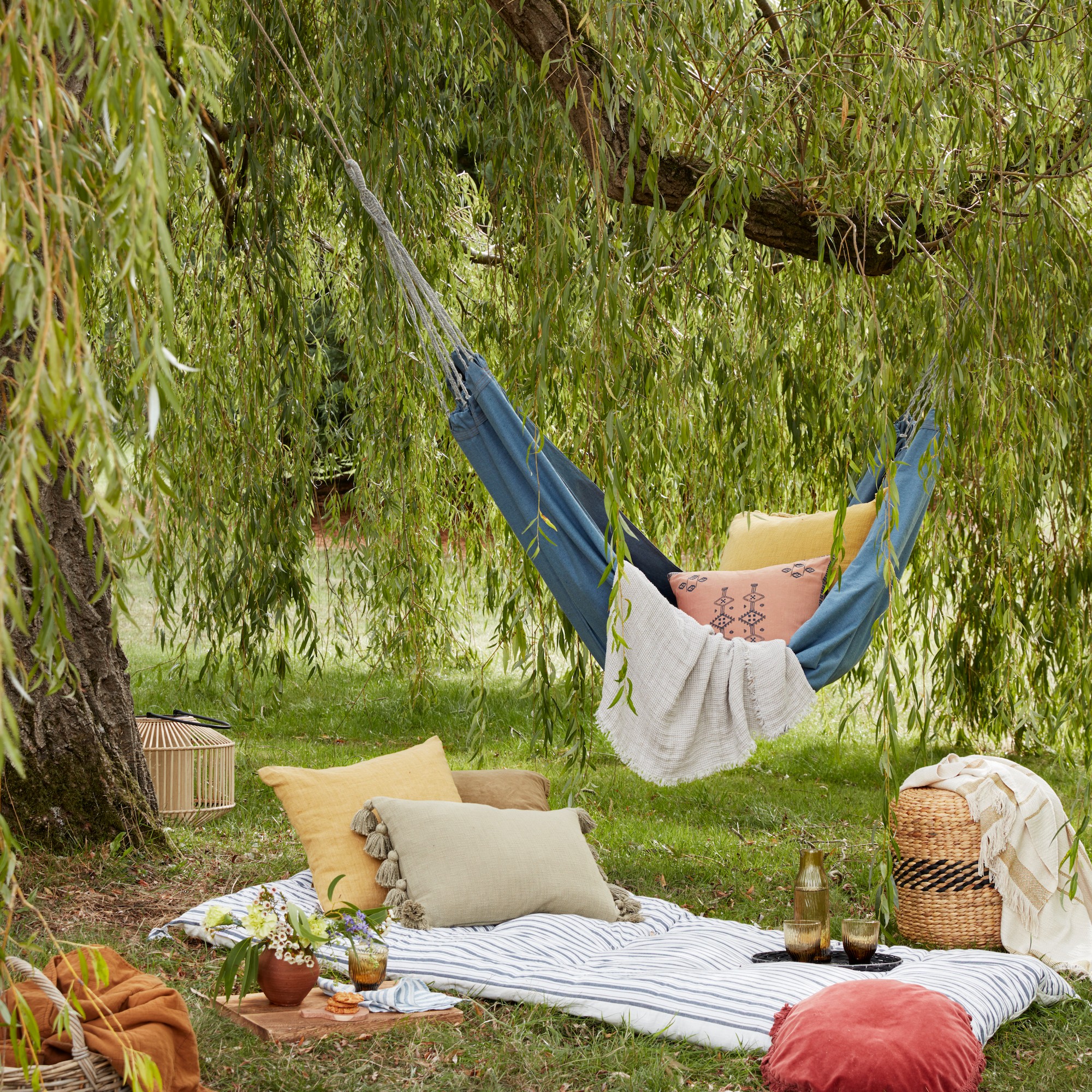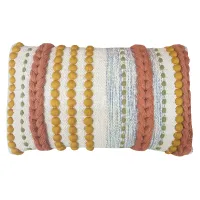Can't sleep at night? This Nordic garden hack could prove the solution
The garden nap station is the natural evolution of an old Nordic sleep hack


If you've been tossing and turning at night, you're not alone: plenty of us find that we just can't sleep in hot weather. Thankfully, there's a solution: the garden nap station.
One of the more out-there garden ideas to add to your list, this rising garden trend is inspired by the Nordic concept of 'friluftsliv' (which translates directly as 'free air life').
The aim of the garden nap station is simple: to banish tiredness, in much the same way as our Scandi neighbours do with their little ones. Just check out this Finnish study if you don't believe us, as it's found that children who nap outside tend to sleep for considerably longer (and enter a more restorative state of slumber) than they would inside.
Introducing the garden nap station
While Nordic parents have long appreciated the benefits that come with outdoor living and are known to promote a sleep hack of at least opening your windows before going to bed for some fresh air, people in the UK only really started to take notice when Nick Littlehales – a sleep consultant who works with several elite sporting organisations – revealed that he was advising clients to camp outdoors.

'People say, "What do you call that, Nick? Mindfulness? Mind resilience? Joe Wicks’ new body coaching [or] whatever?" No, it’s just human beings are designed to sleep outside with the sun going around our planet,' he told GQ.
'I’m just connecting the two things up. So let’s just pitch our tents, because you’re going to get better recovery.'
So, is adding a garden nap station to our list of modern gardening ideas the solution?
Sign up to our newsletter for style inspiration, real homes, project and garden advice and shopping know-how
Understanding the benefits of a garden nap station
Hold your horses: before you start browsing all of the hanging garden seats and hammocks on offer, it's important to understand why we're doing it.
In order to find out more about the benefits of napping outdoors, we reached out to Dr David Garley, the managing director at The Better Sleep Clinic.
'There are a few ways you can look at improving sleep, but first we need to have an idea of what ‘good’ sleep is, so we know what we’re aiming for,' he says.
'Most people would consider good sleep to involve falling asleep quickly, staying asleep, then waking feeling refreshed.'
So, can sleeping outdoors help with this?

'Being relaxed can make it more likely that you’ll fall asleep quickly,' continues Dr Garley. 'Often when we get into bed our minds can start to race, and we can find ourselves thinking about all the worries and stresses of the next day.'
'However, if the garden is your happy place and without thinking you can find yourself relaxed, then from this peaceful state of mind it is much easier to slip into sleep.'
Hmm, sounds like one of the most relaxing garden design ideas yet.
Setting up your garden nap station

If you are keen to reap the benefits of a garden nap station, Samuel Platt, creative design manager at Homebase, has a few key tips.
'For the perfect napping spot, you should approach your garden like any other space in your home and layer colour, textiles and soft seating,' he says.
'Outdoor blankets, cushions and rugs – like this outdoor rug available for £65 from Homebase – can help to make the space inviting and really extend the feeling of comfort you would get from inside your home.'
Cotton knot cushion | £9.50 at Homebase
This fun, contemporary cushion has been woven in vibrant colours – perfect for adding a dash of fun to your garden nap station
'The terracotta colour trend has now extended into the garden, and adding these earthy tones to your garden fencing and walls instil a sense of warmth and relaxation,' continues Samuel.
'Architectural planting, such as large bamboo in pots, is also key to creating a cosy napping nook. Not only do they frame the space, but the sound of the leaves from the afternoon breeze will also help you to doze off!'

'A hanging egg chair (try this one is £175 from Homebase) provides the perfect cosy seating spot that will have you floating on the clouds,' finishes Sam.
'And, for those colder evenings, try snuggling up next to one of the best fire pits for the ultimate summer snooze. I promise, you won’t want to move!'

How to use your garden nap station effectively
While setting up a garden nap station sounds like a brilliant idea, it will only work wonders if you use it properly.
'It's worth taking note of the optimum length of time of a nap – 20 mins!' says Dr Garley. 'And there is a good reason for this.'
'Sleep is not a single state, but a series of stages that we move through in a sequence. We start sleeping in the shallows, gradually diving deeper before swimming up to the surface again – a process called a sleep cycle, which lasts on average 90 minutes.'
'If you nap for 20 minutes you will almost certainly stay sleeping in the shallows,' continues Dr Garley. 'From here, it’s easy to wake up and feel recharged and refreshed. If you’re woken up when you’re in the deep sleep, you’ll feel groggy and awful – something called ‘sleep inertia’ – which is the opposite of what you want from a nap!'

So, why not just sleep for a full 90 minute sleep cycle?
'Well you could,' says Dr Garley, 'but you would likely find yourself struggling to get to sleep at night after having had such substantial sleep during the day.'
'One of the fascinating things about sleep is that, even though we’re told its vital for health, its been placed outside of our voluntary control. And even more strange is that the more we try to sleep, the more likely it is to slip from our grasp.'
'It's like trying to catch a floating dandelion seed – move your hand too fast and it will float away, but rest your hand still and it will come to you.'
'So rather than necessarily planning a nap, it might be worth just focusing on making your garden the most beautiful and tranquil place to relax in, and without any pressure or expectation at all, see if you drift off,' Dr Garley concludes.
Intriguing. And on that note, I'm just popping outside for 20 minutes or so... see you on the other side!
How can I make my garden relaxing?
Dr Louise Newson, who recently joined forces with award-winning garden designer, Ruth Gwynn, to create the Newson Health Menopause Show Garden for Gardeners World Live, wants to help ensure that we better use our gardens for rest and relaxation.
'Like many women, I work long hours,' she tells us, 'so for me gardening is essential for my own mental health. It gets me out in the fresh air surrounded by nature, and there is a real sense of achievement in growing new plants or your own produce.
'If you are fortunate enough to have an outdoor space like a garden, try and treat it like a natural extension to your home. See it as a place to sit and relax with a good book, a space for exercise or meditation, or somewhere to unwind at the end of the day with loved ones.
'If your garden is looking a little neglected, try and carve out some time to give it a tidy up – you could lighten the load by asking family or friends to give you a hand. You don’t have to splash out on lots of expensive plants or fancy garden furniture, just small changes like a few potted herbs or fragrant plants like lavender can help create a lovely calming atmosphere and turn it into a space you want to spend time in.'
Is it a good idea to sleep outside?
There are plenty of health benefits to sleeping outside, with many experts claiming that it doesn't just boost your quality of sleep quality: it can also relieve stress, boost creativity and problem solving ability, enhance your mood, and even rebalance the immune system.
Of course, it's important to make sure you set up a safe garden nap station (out of the sun's glare, somewhere secure and quiet), that you wear suncream, and that you set a timer for 20 minutes – the optimum time for a truly effective power nap.
Why should women prioritise rest and time spent outdoors?
A garden nap station may prove particularly effective for women, as Dr Louise Newson points out that time spent outdoors is 'good for both body and mind and can be of real benefit during the perimenopause and menopause'.
'I recently surveyed 1,100 perimenopausal and menopausal women about gardening, and almost one in five (17%) said gardening and spending time in nature led to an improvement in their menopause symptoms,' she says. 'Four out of five (81%) said gardening made them calmer and three quarters (76%) felt happier as a result.'
'In addition to the mental health benefits, gardening is also a form of activity: half an hour of gardening burns about 160 calories for an 11-stone person,' continues Dr Newson. 'Plus heavy gardening, like digging, helps build strength, which is important for bone health, as the risk of developing osteoporosis increases after the menopause.'
'Exercise can also improve sleep quality and duration too. If it’s been a while since you did any exercise, why not try some gardening or outdoor exercise for a couple of weeks and track how it impacts your sleep (my free balance menopause app has a sleep tracker) and you should see the benefits.'

Kayleigh Dray became Ideal Home’s Acting Content Editor in the spring of 2023, and is very excited to get to work. She joins the team after a decade-long career working as a journalist and editor across a number of leading lifestyle brands, both in-house and as a freelancer.
